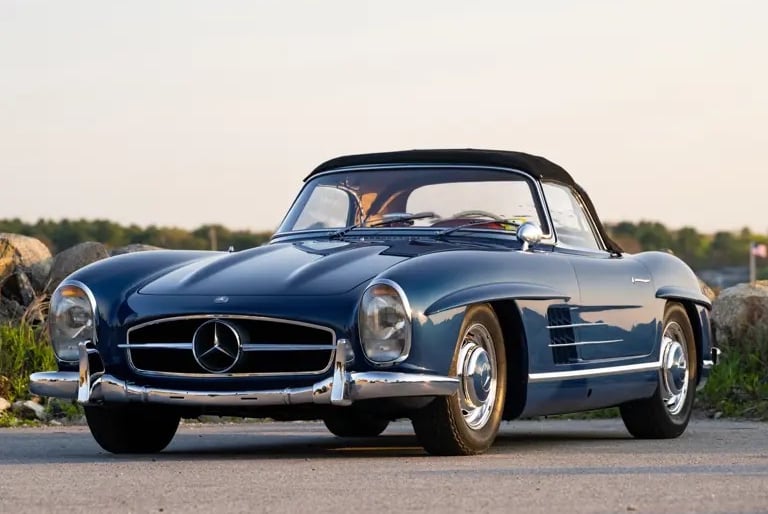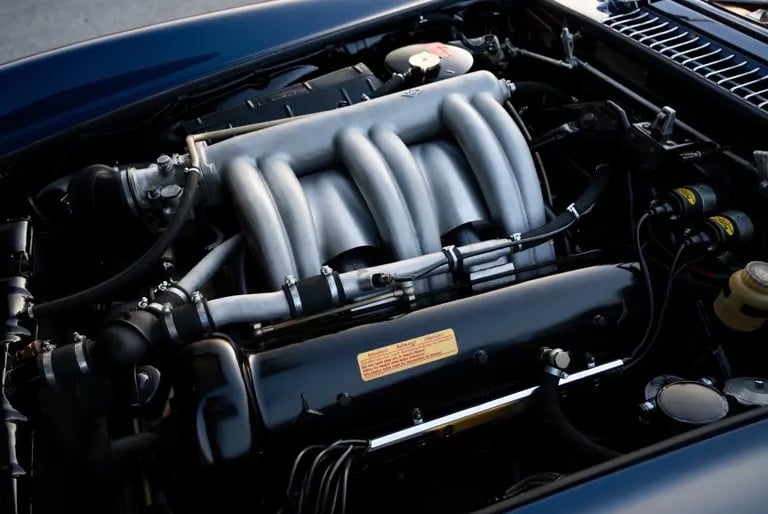Mercedes-Benz 300SL Roadster: The Gentleman’s Sports Car That Defined Precision
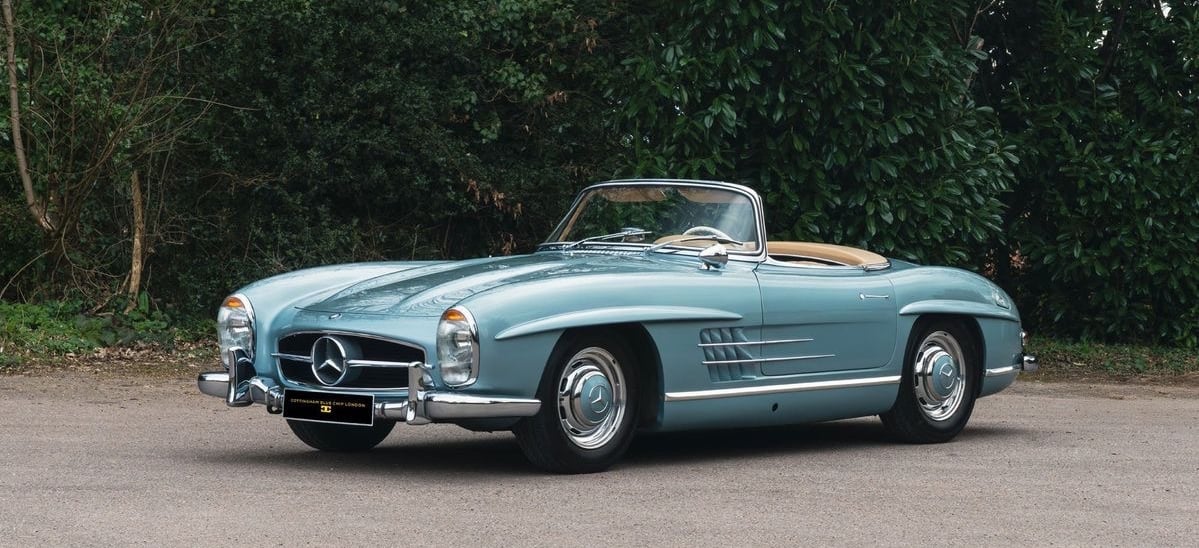

Mercedes-Benz 300SL Roadster: The Gentleman’s Sports Car That Defined Precision
The Roadster isn’t legendary because of nostalgia. It’s legendary because it was built to last and it still does.
Words: Roberto Udegbunam
The Mercedes-Benz 300SL Roadster remains one of the most significant sports cars of the 20th century, not because it shouts, but because it doesn’t have to. Launched in 1957 as the successor to the iconic Gullwing coupe, the Roadster traded the theatre of upward-swinging doors for refinement, engineering maturity, and daily usability. Yet it didn’t compromise on performance, innovation, or style. For classic car enthusiasts and serious collectors, it still sits in a category of its own.
The Roadster wasn’t a downgrade from the Gullwing, it was a recalibration. Mercedes took what worked on the track and made it liveable on the street. The spaceframe chassis stayed, as did the 3.0L straight-six engine, now tuned for smoother delivery. The Gullwing's swing-axle suspension was refined for safer handling, and a conventional door setup made everyday use practical. Under the bonnet, it retained Bosch mechanical fuel injection, cutting-edge for its time, and a large part of what gave the 300SL its top speed of 250 km/h.
This was not a simplified version. It was a more complete one.
From Race Pedigree to Road Presence
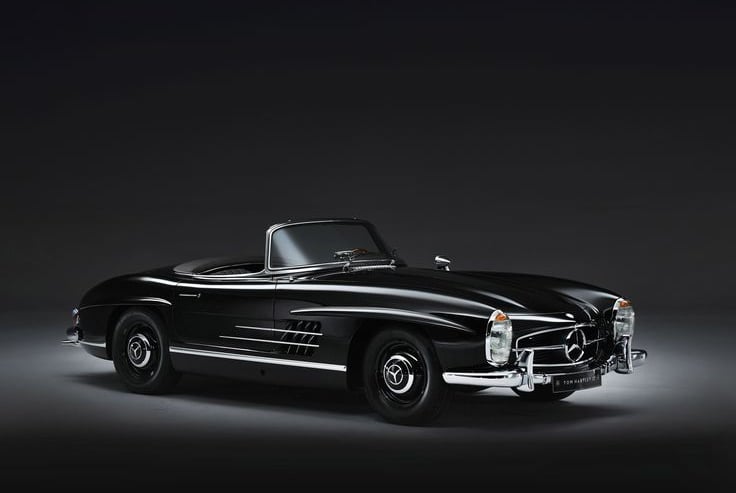

The Beauty of Restraint
There’s no drama in the design, no excessive flair. The 300SL Roadster is long, low, and clean. Chrome is used sparingly. The interior is all business, leather, real wood, and analog instrumentation arranged with symmetry. It doesn’t perform for the camera. It performs on the road.
Mercedes offered a removable hardtop from 1958, which gave the car a more formal silhouette and made it usable year-round. But top up or down, the Roadster doesn’t try to impress, it just does.
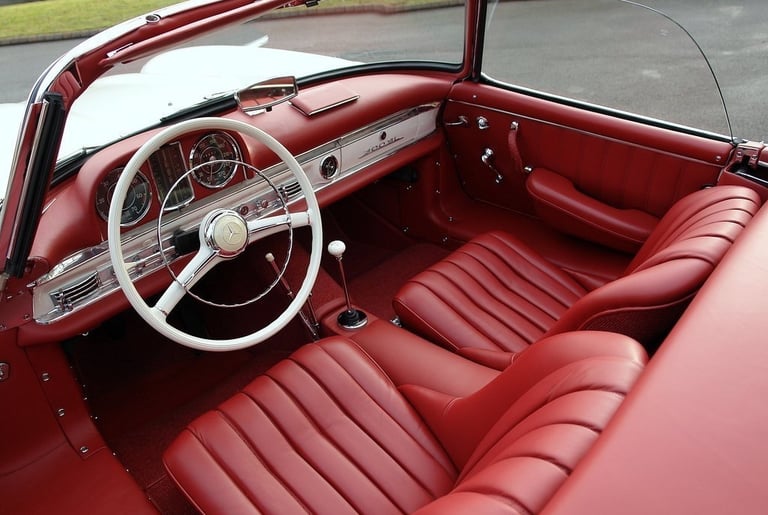

Credit: Tom Hartley Jnr.
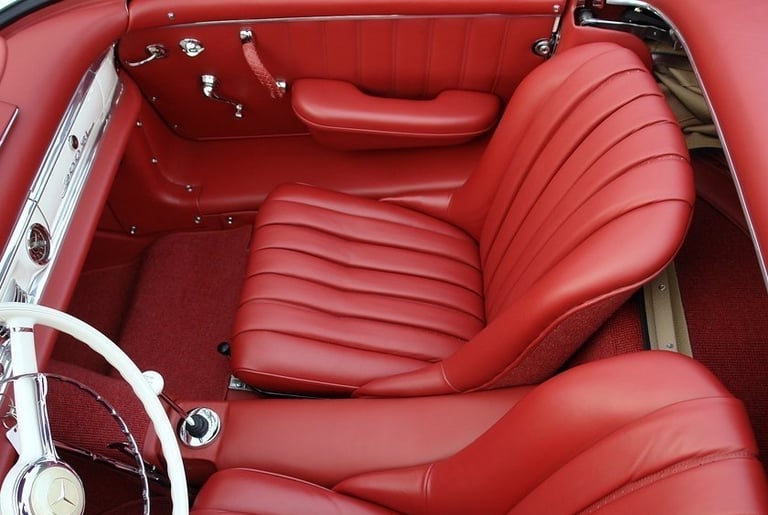

Still Fast. Still Precise.
On paper, the numbers still hold up. 215 horsepower. 0–100 km/h in 7.4 seconds. A four-speed manual with tight ratios. And in 1961, Mercedes introduced four-wheel disc brakes, giving the later models better stopping power than many cars produced a decade later.
The feel of the car is what stands out now. Throttle response is instant. Steering is heavy but accurate. It doesn't isolate the driver. It involves them.
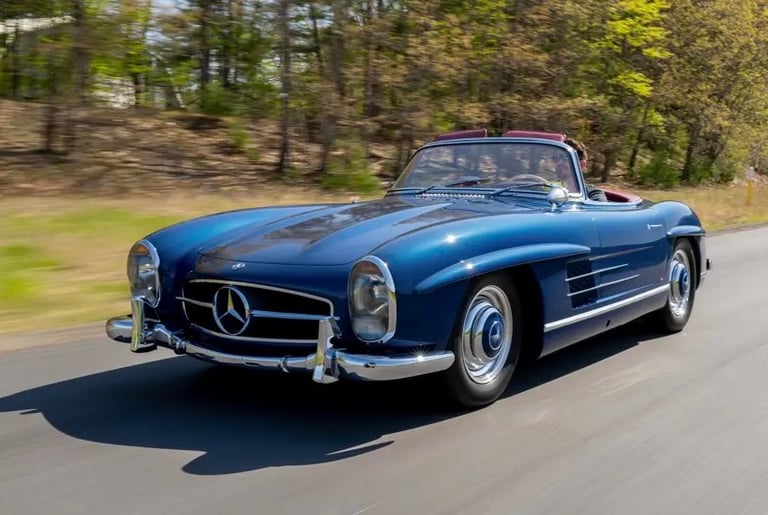

Credit: RM Sotheby's
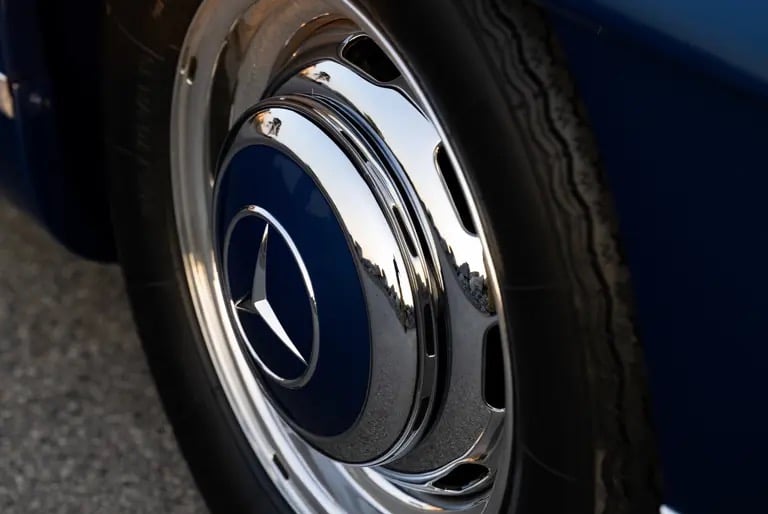

The Collector’s Dilemma: Park It or Drive It?
This is where the 300SL Roadster separates casual collectors from real connaisseurs. It isn’t just an asset. It’s a machine that works better the more you use it. Values are strong, early models sit between €1.1M and €1.8M. Later disc brake models exceed €2M. Rare alloy-bodied versions, if they surface, go for €3M or more.
But the price doesn’t tell the whole story. The car rewards those who drive it, maintain it properly, and understand its quirks. It wasn’t built for storage. It was built to run.
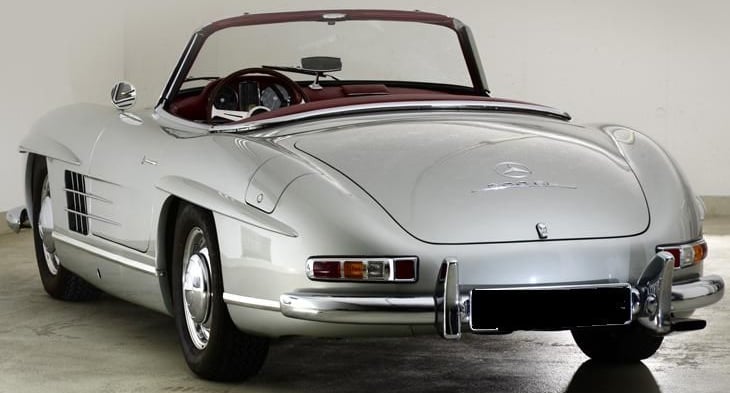

Legacy Built in Steel, Not Hype
The Mercedes-Benz 300SL Roadster doesn’t rely on nostalgia, rarity, or dramatic design to justify its place in automotive history. It does so through discipline. Through engineering that wasn’t rushed. Through decisions made for long-term function, not short-term impact.
It’s the kind of car that doesn’t ask for your attention, it earns it. And for those who understand what they’re looking at, and more importantly, what they’re driving, there’s no substitute. The 300SL Roadster isn’t loud, but it speaks clearly. It always has.
